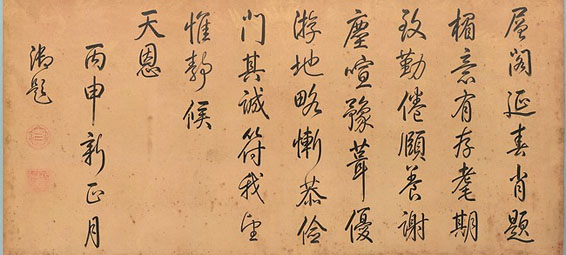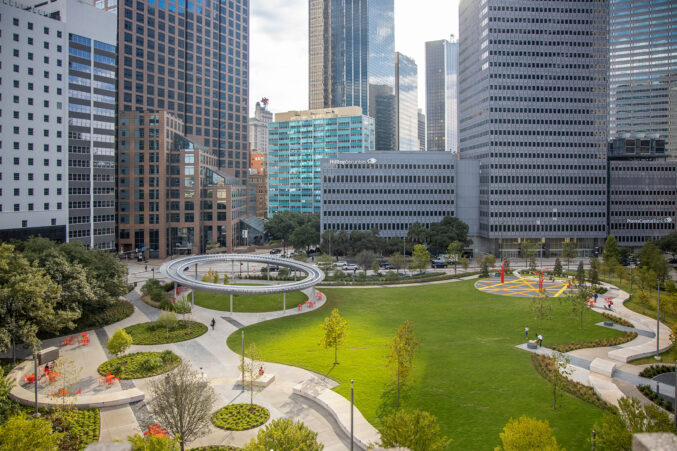Art, artifacts, and decorative treasures from the Forbidden City have been organized into a touring art exhibition entitled, “The Emperor’s Private Paradise.” It is the kind of touring “blockbuster” show that can mean big time visitor numbers for American museums, possibly the difference between a red or a black year. But in anticipation of the exhibit’s final US stop at the Milwaukee Art Museum, Mary Louise Schumacher wonders if the art world should put its money where its mouth is and boycott the exhibition as a protest against the arrest and detention of Chinese artist Ai Weiwei. Ai Weiwei, for those catching up, was incarcerated as part of a recent crackdown on dissidents by the Chinese government. Schumacher offers a recap:
His most significant act of dissent, however, was in response to the earthquake in the Sichuan Province in 2008, when thousands of children died in poorly constructed schools. After he created an art project online to name the dead, Ai was beaten by police, his expensive Shanghai studio was bulldozed and his voluminous and scathing blog was scrubbed from the Internet in China.
Ai’s response? He celebrated the demolition by calling it his best performance piece and sent pictures of himself and his beaten, bandaged head to the world via Twitter. Undeterred, he continued to collect names and make art.
Then, the author raises all the tough questions for museums:
Should the museum join many of the world’s other cultural institutions in signing petitions and speaking publicly? Would China pull the show? And if they did, would MAM lose the exhibition fee, presumably in the millions?
If MAM is mum, however, will it run the risk of the appearance of appeasement? Does the museum have an obligation to educate its audience about the oppression of Ai Weiwei during its “Summer of China?”
Does this show provide an opportunity for dialogue or even diplomacy? And – a question for all art museums – will overt forms of protest be more effective than behind-the-scenes efforts in affecting Ai’s release?
Image: Qianlong Emperor (1711–1799; r. 1736–95), Calligraphic Inscription, dated 1776. From the Belvedere of Viewing Achievements (Fuwangge) Ink on paper; Image: 37 x 73 1/4 in. (94 x 186 cm); Overall with mounting: 38 3/8 x 76 in. (97.5 x 193 cm). Lent by the Palace Museum, Beijing (Part of The Emperor’s Private Paradise)






